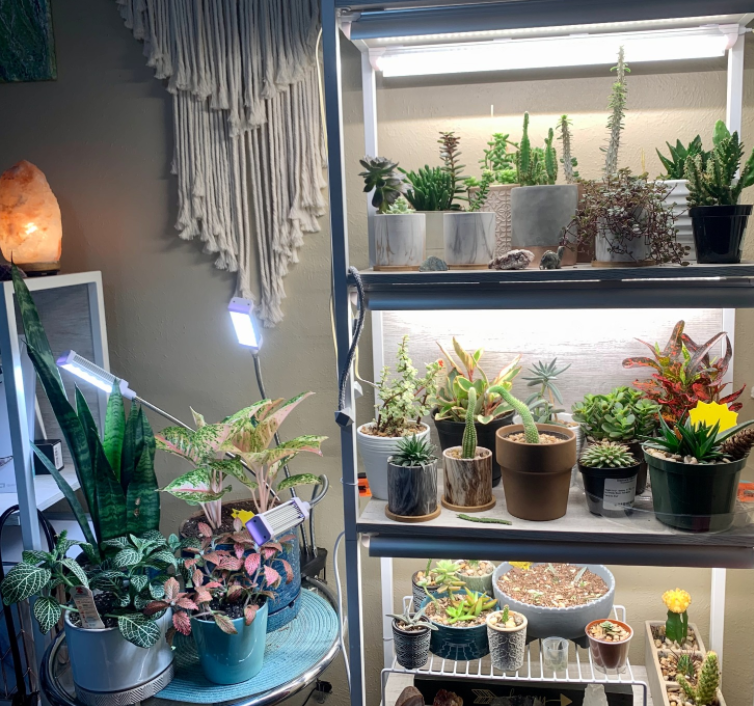Should We Turn Off The Light At The Night
In this article, we’ll talk about this question: should we turn off the light at the night? It’s an important question for all growers. As we all know, LED grow light is a must for indoor growing. Then, how long should the lights be on? Let’s find it out together!
How Many Hours A Day Should Grow Lights Be On?
Every plant will require different types and amounts of light. Some do better in colder and less sunny areas than others. Plants that will produce fruits and vegetables will likely need more light. Plan on keeping your LED light on for at least 14-16 hours per day. Keep them on a timer if possible to ensure they operate on a 14-16 cycle. Aokairuisi team provides professional suggestions about choosing the best LED grow light for you or your customers’ plants. If you’re looking to purchase excellent LED grow lights for your business, please feel free to contact us by email or phone.
Should We Turn Off The Light At The Night?
Yes we should, plants need to rest too. Night gives plants time to eat, rest, and store enough energy. While photosynthesis ceases, plants begin to respire.
During the day time, plants absorb enough light and nutrients to supply plant cells. At night, this process continues but slowly turns the energy into carbohydrates which plants store for later use.
So basically, the lack of light allows plants to reset themselves and move the nutrients to where they’ll be used when light arrives the next day.












